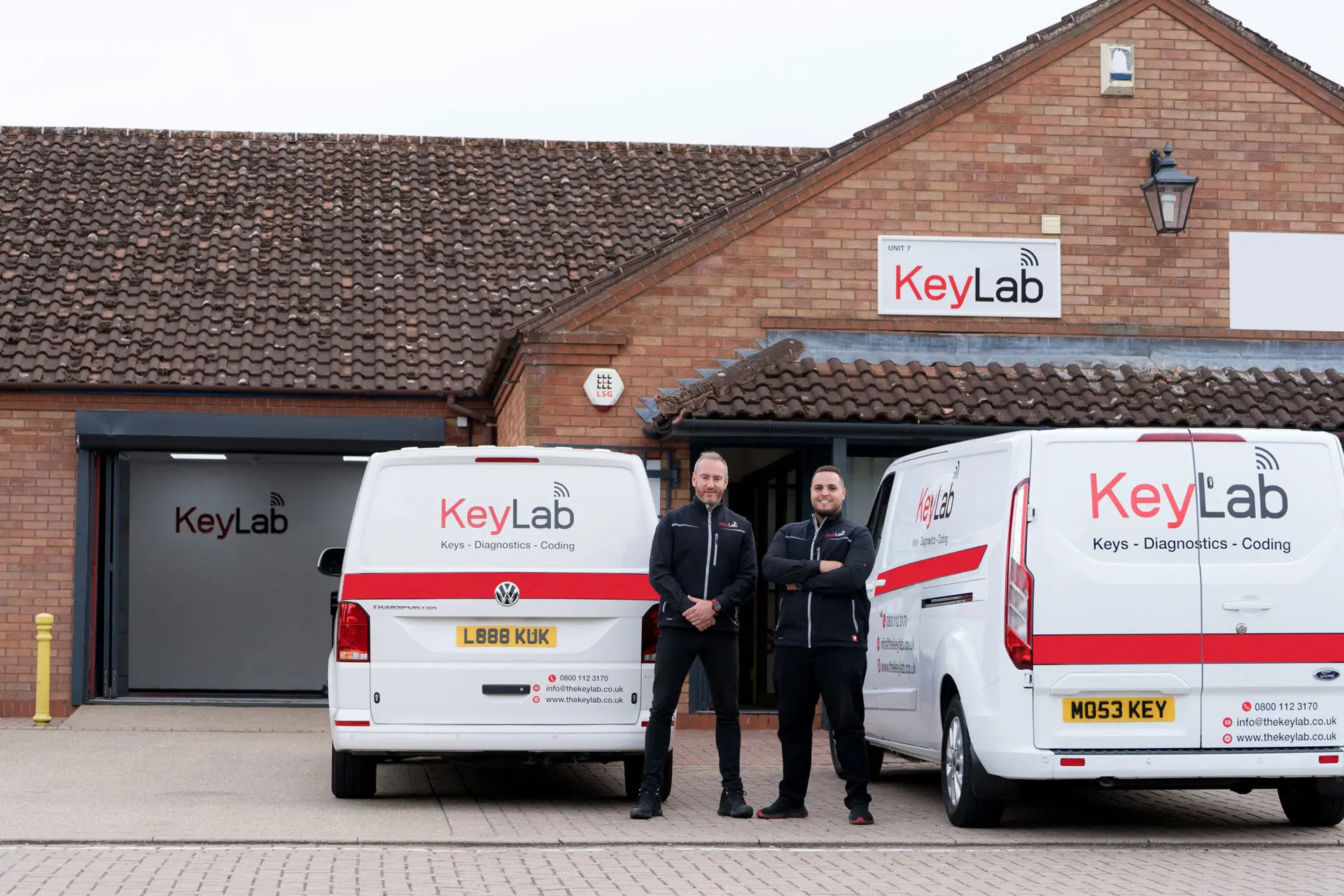Understanding Car Key Transponder Programming
In today's automotive landscape, the integration of advanced technology has ended up being associated with vehicle security. Among the most significant improvements in this area is the intro of transponder keys. Car key transponder programming is a necessary process that guarantees vehicles are safe and secure from unapproved gain access to while providing benefit to owners. This short article explores what transponder keys are, how they work, the programming procedure, and answers to some often asked questions.
What is a Transponder Key?
A transponder key is a type of ignition key which contains a small ingrained microchip. This chip interacts with the vehicle's immobilizer system. Transponder keys are designed to boost vehicle security by preventing hot-wiring and unauthorized engine begins.
Key Features of Transponder Keys:
- Embedded Microchip: Each key includes an unique code that represents the vehicle's ignition system.
- Immobilizer System: This system acknowledges the key's distinct code and allows the engine to begin just if the right key is utilized.
- Boosted Security: Transponder keys are substantially harder to duplicate than conventional keys, decreasing the danger of theft.
How Transponder Keys Work
Transponder keys operate on a straightforward principle of radio frequency identification (RFID). When the key is inserted into the ignition or brought near the vehicle, the list below sequence occurs:
- Signal Transmission: The vehicle's ignition system sends a radio signal to the transponder key.
- Code Response: The embedded chip in the key receives this signal, activates, and sends back its distinct code.
- Verification: The vehicle's computer system verifies the received code. If it matches the saved code, the engine will start; if not, the engine remains debilitated.
Benefits of Transponder Technology:
- Improved theft prevention.
- Convenience of keyless vehicle starting (in some systems).
- Minimized costs associated to insurance premiums due to enhanced security steps.
The Car Key Transponder Programming Process
Programming a car key transponder is a vital action that permits a new key to interact with the vehicle's immobilizer system. The procedure can differ based upon the make and design of the car however typically consists of the following steps:
Steps Involved in Transponder Key Programming:
- Obtain a New Transponder Key: Owners must initially get a blank transponder key suitable with their vehicle.
- Access the OBD-II Port: For modern lorries, programming typically needs an On-Board Diagnostics (OBD-II) scanner that links to the OBD-II port.
- Turn on the Ignition: The ignition should be turned to the "On" position without starting the engine. This permits the system to recognize that a brand-new key is to be programmed.
- Follow Programming Procedure: Depending on the vehicle, follow the particular programming steps offered by the maker, typically detailed in the owner's handbook. This might include pushing particular buttons in a certain order.
- Evaluate the Key: After programming, it's necessary to evaluate the key by trying to begin the engine. If successful, the key is correctly configured.
Tips for Successful Programming:
- Consult a professional locksmith or dealership for complex programming treatments.
- Make sure battery levels in the key fob and vehicle suffice.
- Follow the directions closely to prevent errors.
Typical Issues with Transponder Key Programming
Regardless of the seemingly uncomplicated procedure, various problems may develop throughout programming. Below are some common difficulties:
- Key Compatibility: Using an incompatible key can lead to programming failures.
- Faulty Equipment: A malfunctioning OBD-II scanner might avoid access to the programming menu.
- Weak Key Batteries: Insufficient power in the key fob can interfere with interaction.
Often Asked Questions (FAQs)
1. Can I configure my transponder key myself?
While numerous vehicles permit DIY programming, some models need specific devices or software application. If uncertain, it's best to speak with a professional locksmith or your vehicle dealer.
2. What if I lose my transponder key?
If a transponder key is lost, it's advisable to call a licensed automotive locksmith or your dealership for a replacement. They can set a new key based upon your vehicle's VIN (Vehicle Identification Number).
3. How much does it cost to program a transponder key?
The cost differs extensively, depending upon the vehicle make and model, and whether you pick to go through a car dealership or a locksmith. car key programming from ₤ 50 to ₤ 150.
4. What occurs if my transponder key stops working?
If your transponder key stops working all of a sudden, it might be due to a dead battery or concerns with the vehicle's immobilizer system. It's suggested to have both the key and the vehicle examined by a professional.
5. How typically should I change transponder key batteries?
Transponder key batteries ought to be changed every 2 to 3 years, though this can vary based upon use. Indications of a dying battery include difficulty beginning the vehicle or the key fob not working at all.
Car key transponder programming is an important procedure for modern-day vehicle security and convenience. Understanding how transponder keys function and how they are configured can empower vehicle owners to handle their vehicle security effectively. As technology continues to progress, staying notified about these developments will assist owners secure their properties and guarantee their cars operate efficiently.
Summary Table: Key Features of Transponder Keys
| Function | Description |
|---|---|
| Embedded Microchip | Contains a distinct code for vehicle recognition |
| Immobilizer System | Avoids unapproved engine starts |
| Improved Security | Hard to duplicate compared to conventional keys |
With advancements in innovation, the importance of understanding and efficiently managing car key transponder systems can not be overemphasized. Enhanced vehicle security not only secures your financial investment however also makes sure comfort on the roadways.

